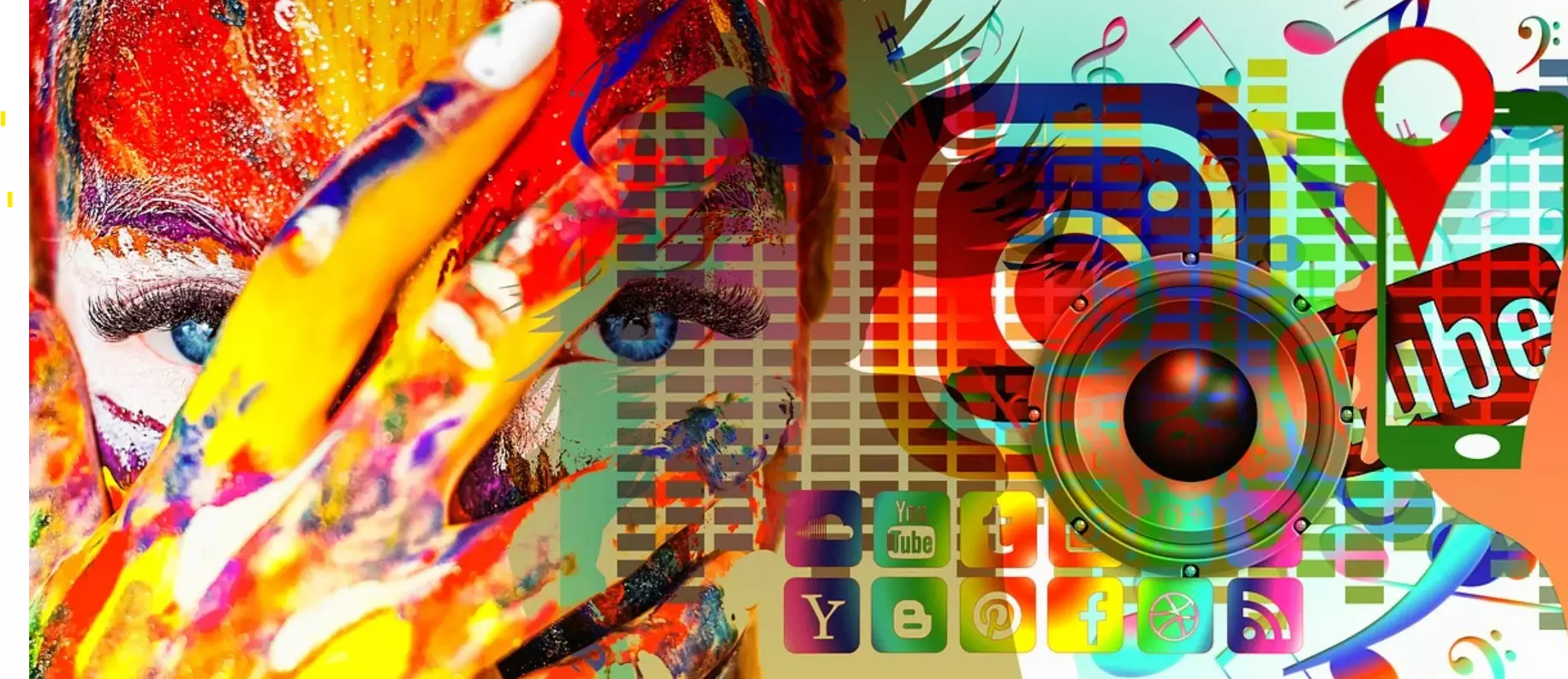Stemming the Rot
Oxford's Word of the Year, Brain Rot, captures the mental toll of social media overload that is eroding real-life connections and distorting relationships while urging humanity to reclaim authentic bonds

When Oxford University Press (OUP) declared ‘Brain Rot’ as its Word of the Year for 2024, the perpetual allure of ‘Coffee Houser Sei Addata Aaj Ar Nei’ orbited in a loop. The anodyne lyrics pregnant with antithetical emotions of restive refrain and fond remembrance dawned on me with renewed relevance, perhaps in a way as never before. In times of fleeting thumb scrolls on cellular screens, we no longer have real Nikhilesh, D'Souza, Moidul, Roma Roy, Sujata or Amol in our lives. We have virtual fairy tales of ‘friends’ or ‘followers’. The grim space where tweens, teens and beyond are spasmodically drawn into with nervous energy of keeping up with the times. It leaves indelible imprints of innocent fun morphing into cruel torment.
The word ‘Brain Rot’ flags the legitimate scare of social media overload in our everyday lives which is leading to cognitive decline. The ruthless subversion of intellect and human connect is a deadly product of mindless exposure to suboptimal content. The word itself, though, traces back to 1854 when American author Henry David Thoreau bemoaned society’s slide into triviality orphaning intellectual discourse. Its usage saw a boggling surge of 230 percent in frequency from 2023 to 2024. Interestingly, the chosen word in 2023 – ‘Rizz’ had a telltale insinuation of how netizens are disrupting lives and reshaping languages. ‘Brain Rot’ further stamps how social media is colonising our consciousness and conscience.
We are silently or loudly mutating into an anxious generation. The fulfilling ritual of adda was so embedded in Bengali trail of existence or the idea of tittle-tattle or cafe-hangouts were so embroidered with lives in other parts of India that the crisis never thundered us until post-pandemic reality emerged. The entire swathe of existence was suckered into the scroll-hole where we discovered less and less of more and more. The business of reels, posts and podcasts ranging from capital markets and crypto, fashion, GRWM, travel, food, history, household cleaning, cooking and politics to sports and downright entertainment appeared in short and sharp bursts. We allowed ourselves to fall victim to the morbid curiosity of consuming whatever algorithm filters and serves us on the platter. The selection of the word is an inescapable acknowledgement of inherited absurdity and chaos.
The unrestrained ingress of social media has also punched marital relationships where it hurts. The deluge of envy-me photographs or reels from exotic vacations, fancy restaurants, over-the-top marriage proposals, and opulent wedding shoots among many are gateways to depressions induced through latent comparisons. The portrayal of ‘good life’ straight out of NRI vacays in a Johar or Chopra venture or even Netflix’s binge watch ‘Fabulous Lives of Bollywood Wives’ has mindlessly sapped the dynamics of a marriage where growing and aging together was not always a seamless highway but a bumpy road of realities. The emotional whiplash is also on adolescent minds. Though there is no point in regaling the virtues of childhood before the advent of social media through a foggy rear-view mirror, those times were irrefutably better. The after-school playground exploits, sweaty hangouts, messy fun and roaring laughter were acts of cathartic bonds. The virtual space not only offers a nought on this front, but also instils the FOMO factor, be it flaunting of phones to phony friendships. The social media excesses invoke steroid culture. The triggers are powerful enough to exploit our vulnerabilities. If the seed of concern is sown about a physical prototype or upscale beauty standards, the social media through its uncanny algorithm will cement it and manipulate for merchandise manoeuvres. The toxicity is all pervading as is the ubiquity of technological advancement.
The counter narrative or the arguing school of thought is no less convincing. The lonely selves of us search for an escape route through virtual platforms. Family and friends reconnect, post individual or collective milestones, share opinions. Many have crowd-funded to support the needy while others have advocated democratisation of opportunities. Through social media, the ‘Reclaim The Night’ campaign can be massively mobilised or Iranian women’s hijab protests can gain worldwide traction. The virtual space is a relatively liberal unregulated space for streams of thoughts to coexist, a green pasture for knowledge mushrooming. While all these are undeniable pros, the cons are loaded with claws scratching at human existence, choking on oxygen of life and thrusting us down an unpleasant oblivion.
The invasion of privacy, the scourge of lies and hate, the capricious kingdoms of influencers, the dodgy shrinkage of attention spans are all realities we are grappling with. ‘Technostress’, ‘Doomscrolling’, ‘Phantom Vibration Syndrome’ and ‘Cyberchondria’ are words eating into our brain. While ‘Brain Rot’ inevitably mirrors the underbelly of linguistic churn, it also encapsulates the crying need of human connections to arrest rising cortisol levels. The transportation of the human mind from the arid land of unreal to the azure sky of the real is a pressing priority. The sooner we heed to this and extract ourselves out of social media’s delusive architecture into a truly connected world, the better for the human race.
The writer is a communication professional and former journalist. Views expressed are personal



